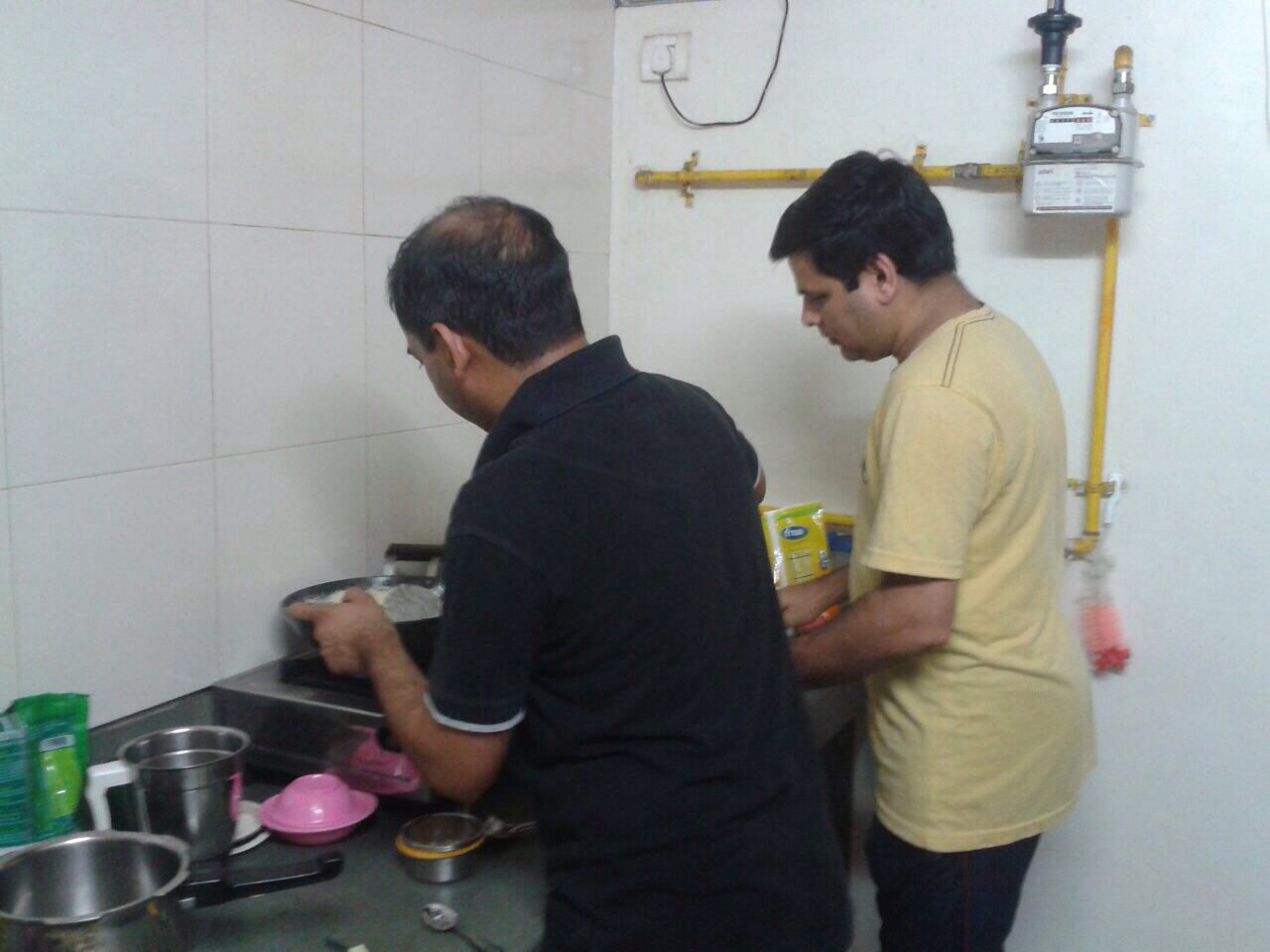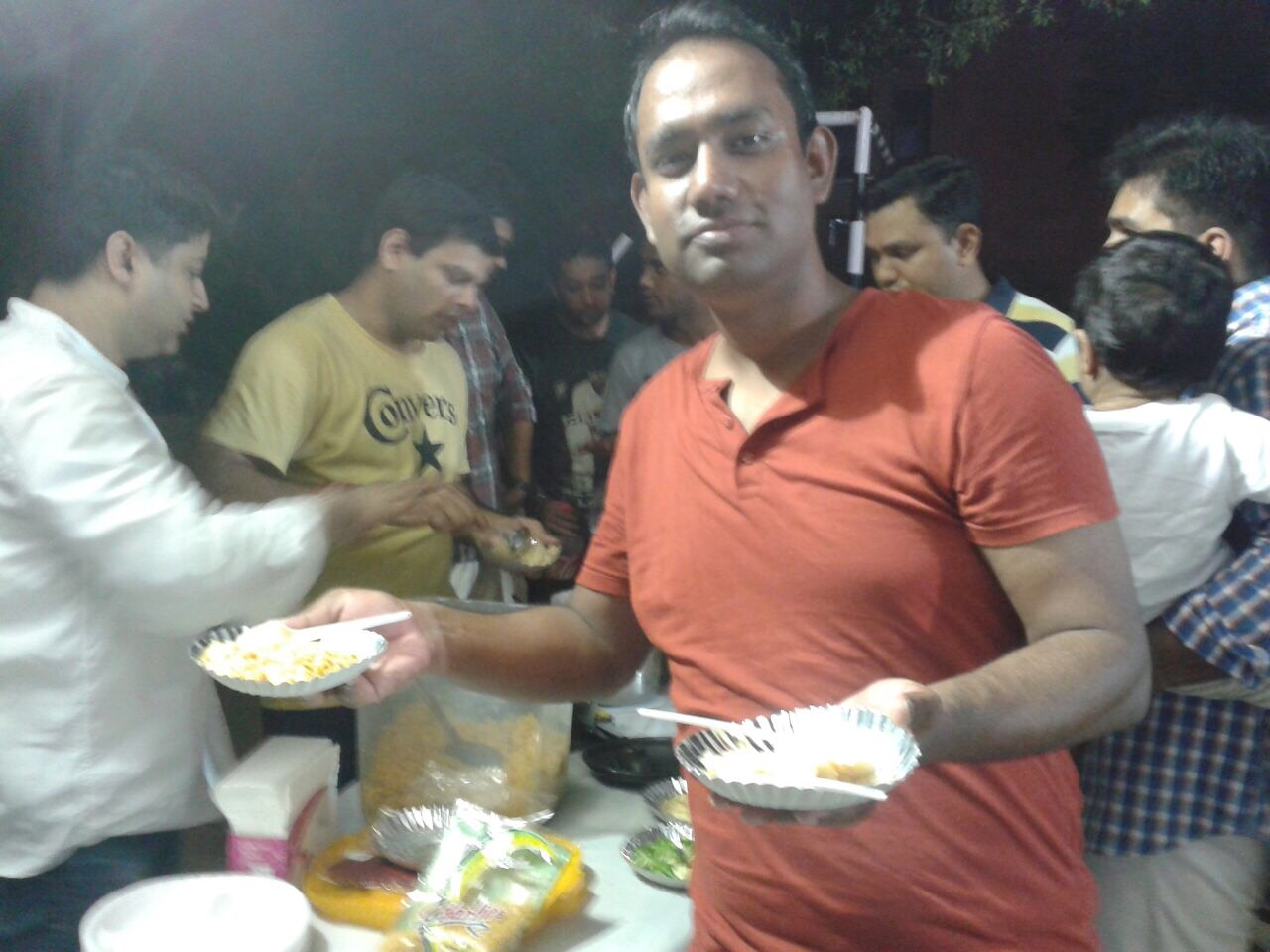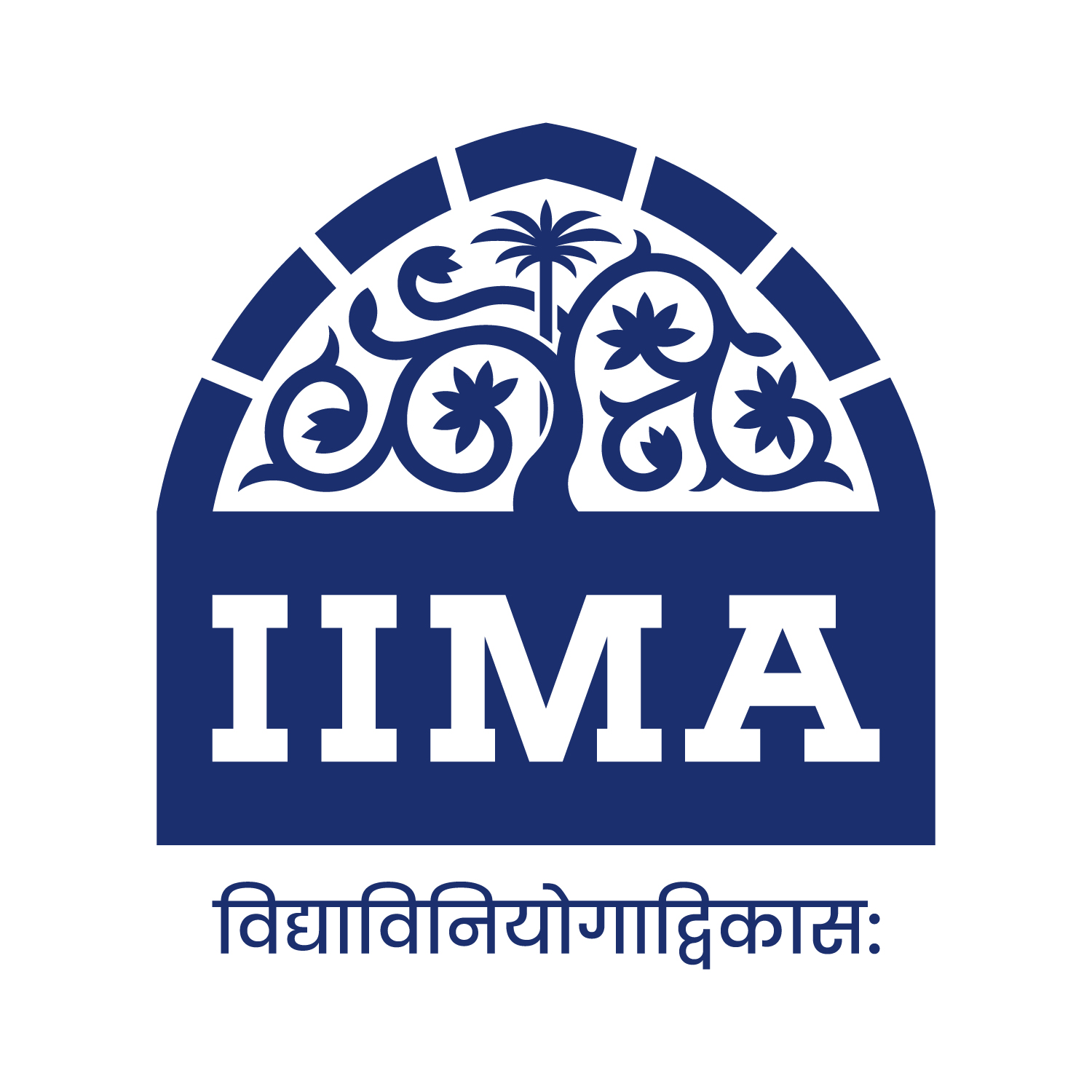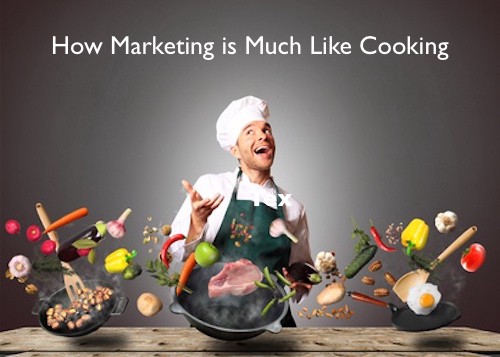
– Kaustubh Dattatraya Agashe (PGPX 2015)
“Tell me and I will forget, show me and I may remember; involve me and I will understand.” – Confucius
It was exactly three years ago. As part of a cultural event, a Food Festival was arranged on the Football ground opposite to LKP. There were 8-10 food stalls; PGPX were given 2 slots. One was taken up by a group of girls in the class. I don’t know what prompted me but I, along with a couple of Syndicate friends opted for the second stall.
In MBA we learn through Case Studies where we try to put ourselves in the shoes of the person who is supposed to the Doer or Decision Maker. That is as close to a real-life, hands-on experiential learning as we can get in a classroom. If you recollect, the Beer Game (for Bullwhip Effect) or Capstone (a simulation game) etc. were also great learning resources, because we got to “do things and learn”.
For me personally, the Food Stall was also a great learning experience! The more I think about the event (and “assimilate” the learning, as my fellow classmate would have said! Apologies dear friend, no offense meant…) and connect it with various subjects such as Marketing, Entrepreneurship, Operations, the more insights I can gather. So, let me share few.
First – the background and context setting.
The ask was to set up a Food Stall and sell the food items cooked by you. You were not supposed to bring food items from outside and sell. The only exception, I think, was about the soft drinks. The 8-10 food stalls sold different variety of food items from 5 or 6 PM till late evening.
There were stalls which sold sandwiches, pasta, noodles, Chinese etc. We opted for an odd, unconventional choice. We prepared three Maharashtrian dishes – Shira, Pohe and Sabudana Khichdi.
Since I have been adequately trained to theorize everything, especially the fun stuff, let me try to recollect my experience and apply (rather, force fit) the 4P’s of Marketing framework.
Product:
- Variety:
- We attempted to offer a disparate product mix clubbed together under “Maharashtrian Dishes” theme, the three products (Shira, Pohe, Sabudana Khichdi) had nothing in common in terms of ingredients or the recipe. So, we created variety for the customers at the cost of creating operational difficulties. Contrast that with other recipes which have a common base. For example, many Chinese dishes have a common sauce/ingredient. Many North Indian dishes have the same basic gravy/masala. Many South Indian dishes have same ingredients, components (rice flour mix, chutney, sambhar/rassam). For scalability and operational efficiency, you should have some common base. The dishes we prepared took a heavy toll on us during preparation stage – which had many second order effects.
- Firstly, we ended up buying different ingredients, and excess of one did not help in the making of the other dish. This had direct effect on our costs and hence pricing. More about this in Price
- The second effect was that because of elaborate cooking time for each of the three dishes, we got late and had to settle for a corner stall. More about this in Place.
- The third and final effect was that we hardly got time to think about Promotion. Blunder!
- Size (Serving): We procured the wrong (large sized) paper dishes for serving. We should have got small sized dishes so that each serving could have been of small size (and yet looked full). Our serving size was not standard. Also, we offered a Combo plate (Poha + Shira, or Poha + Khichdi) and the same plate was not convenient for such combo serving. We didn’t think about it properly.
- Packaging: Our bundling was completely goofed up. We brought few bottles of soft drink (Coke, 7 Up etc). We sold individual dishes, or Combo dishes – with or without soft-drink, and we also sold soft drink separately. That was a completely disastrous strategy. The pricing of the bundle and each offering was completely skewed. I learned that “Customers are smart enough to create the best bundle themselves so that they extract maximum value”. Many customers realized that the price of our soft-drink offering was very cheap – others were charging Rs. 10 or Rs. 15 per glass, we charged only Rs. 5 per glass – and we sold it separately. So, people came to our stall to have more of soft drink, and soon we ran out of soft drink. In hindsight we should have used soft drinks ONLY to promote our food dishes – not for selling separately. Also, the price of Combo should have been higher than the price of each dish, because customer was getting to taste variety and he might have paid a little bit higher price for the same.

Promotion:
This was our weakest link. We did ZERO promotion/advertising/PR. Our complex product combo requiring elaborate cooking ensured that we were already late in reaching the venue and other stalls were all decked up and open for business. I did not even get time to dress up; I went to the food stall in the same tacky clothes I wore while cooking. This was a stark contrast to other teams – particularly the other team from my class. They were nicely dressed; they arranged speakers, put on nice music, sang and danced to attract the customers and even made them sing and dance with them! It was a total fun experience at their stall; it looked like a carnival stall!
In comparison with their “happening and lively stall” our stall looked like Andhra Mess, or a charitable meal stall in a cyclone hit area. It was as bland and unattractive as my demeanor (not sure if a food stall can be called “poker faced”, so avoided that analogy).
“It’s All Worth When You See A Happy Customer” The lesson learnt was: It is important to provide clean, hygienic, tasty food; but it is equally, or even more important to provide the experience, the ambience – particularly when your stall is in a food mall-like setup.
Place: Place was not so much crucial but was definitely an important factor. Since we reached the venue late (actually the last) we were left with a corner stall. The stalls in the center grabbed the maximum eyeballs and had the largest footfall. Place factor also covers the inventory and availability. We cooked food in the New Campus and brought it all the way to the Old Campus. So, we had no option of going back to kitchen and cooking something ad-hoc. It meant that our inventory was limited (whatever we cooked the first time and brought with us). When your kitchen is at central place and the point of sales is far away, your distribution should be very efficient and there should at least be some arrangement to heat the food just before it served. We should have carried a hot plate with us.
Price: We had priced our dishes extremely low: Rs. 15 or 20 per dish (Pohe or Shira or Sabudana Khichdi) and Rs. 25 for combo. The pricing was completely goofed up. The benchmark we had in mind was the street food in Mumbai. We forgot that we were selling in a different market and were offering something unique (in that context). So, we could have easily charged 50-100% extra. Rs. 25 to 30 per plate would definitely have been palatable. In fact the prices at other stalls were in that range, even more. Pricing is a signal. By keeping prices slightly high you can send a signal that you are selling something premium, of high value. Of course, you also need to back it up with nice presentation (ambience, experience) and promotion. But pricing too low is a sure “recipe for disaster”.
—————————————————————————————————————————The overall outcome was obvious. We sold out everything we had cooked. Many customers had more than 1 round of serving. Few customers tried all three dishes. So, it is safe to say that people liked the food, the taste! And yet, we did not make overall profit on cash basis (ended up with a loss of a couple of hundred rupees). We left too much on the table (no, not the food…it is an idiom). Wish we had charged double the price for each food item.
We did make a decent accounting profit, if you consider only the cost of goods sold. But since we had to buy raw material in bulk, a lot of it was unused and left over as inventory.
Final Take Away (not to be confused with take away food item): Probably I saw too many learning points when there were none (“Connecting the dots” – stretched too far?). But I feel that such an event should be part of the course – gamification is a great way to learn things while having fun! Hope someone takes a hint and offers an elective titled “Strategic Cooking”!




Sorry, the comment form is closed at this time.